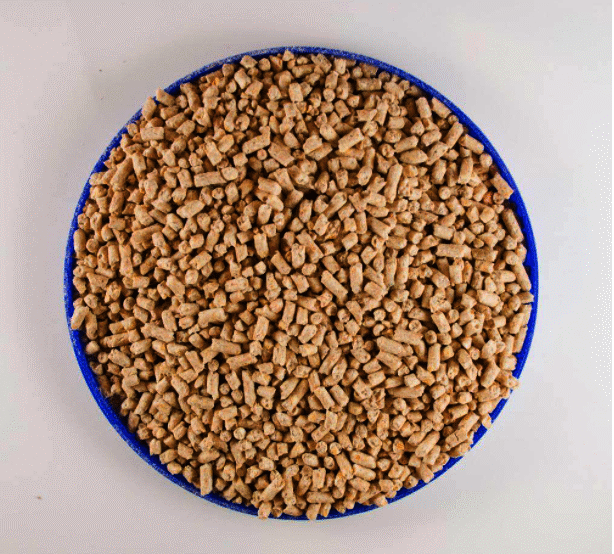What are the advantages and disadvantages of different types of feed?
There are countless types of animals, so there are many types of feed. There are two types of feeds used by farmers, one is self-feeding, and the other is directly buying feed. Feed Production Line can produce many types of feeds, all of which are of very high quality, which can meet the needs of different types of animals.
There are many types of feeds on the market, which can be divided into different types according to different forms. Generally speaking, there are pellet feeds, concentrated feeds, compound premixes, vitamin premixes, feed additives, trace element premixes, and feeds. Raw materials, etc. Different types of feeds also have some differences in various aspects. So, what are the advantages and disadvantages of different types of feeds? Here are the advantages and disadvantages of several feeds.
1. Pellet feed
1. Advantages:
Pellet feed is one of compound feed products, which is pelletized feed extruded under high temperature conditions. Usually it is cylindrical. Feed Production Line can produce pellet feeds of various sizes according to different types of animals to be raised. It can be fed directly without adding other feeds, which saves time and effort and is very convenient for farmers to use.
2. Disadvantages:
The main disadvantage is that users cannot control its quality. Most of the people who buy pellet feed are farmers and farms, and there is no specific testing equipment at the time of purchase, and it is impossible to test the nutritional content of the feed at any time. Even if the composition of the feed can be measured, it is difficult to determine the raw material of the composition. The quality of the feed composition varies greatly depending on the source of the composition.
2. Concentrated material
1. Advantages:
Concentrated feed, also known as protein supplement, is a semi-finished compound feed prepared from protein feed, mineral feed and additive premix. If a certain proportion of energy feed is added, corn, sorghum, barley, etc. become full price feed. Concentrates can save time and energy when feeding compared to premixes.
2. Disadvantages:
Concentrated feed is the same as pellet feed, it is difficult to determine the nutrient content and source of feed, and the quality is not easy to control.

3. Additive premix
1. Advantages:
Users can purchase energy and protein feed raw materials by themselves. The quality and type of raw materials can be selected by themselves. The quality of the finished product is good, the feeding effect is good, and the quality is easy to control.
2. Disadvantages:
Since this type of feed has few ingredients and incomplete nutrition, after the user buys the additive premix, it needs to be matched with energy feed and protein feed to form a nutritious feed to feed the animals. For pellet feed and concentrated feed It takes more time and effort.
4. Feed additives and core raw materials
1. Advantages:
Users can choose various feed additives and raw materials self-mixing by themselves, which can control costs to the greatest extent and improve economic benefits.
2. Disadvantages:
Because there are many kinds of feed additives, and there are many points to pay attention to when adding, it is not simply to mix them together. At the same time, the quality of the product will be different due to the difference in the processing technology. Therefore, the purchase of this type of feed is troublesome, the quality is not well controlled, and it is time-consuming and labor-intensive.
The above is an introduction to the advantages and disadvantages of several common different types of feeds. After understanding the above content, you will be more comfortable when choosing feeds and know how to choose suitable feeds. I hope these can help you. It's more smooth when it comes to livestock and poultry.












